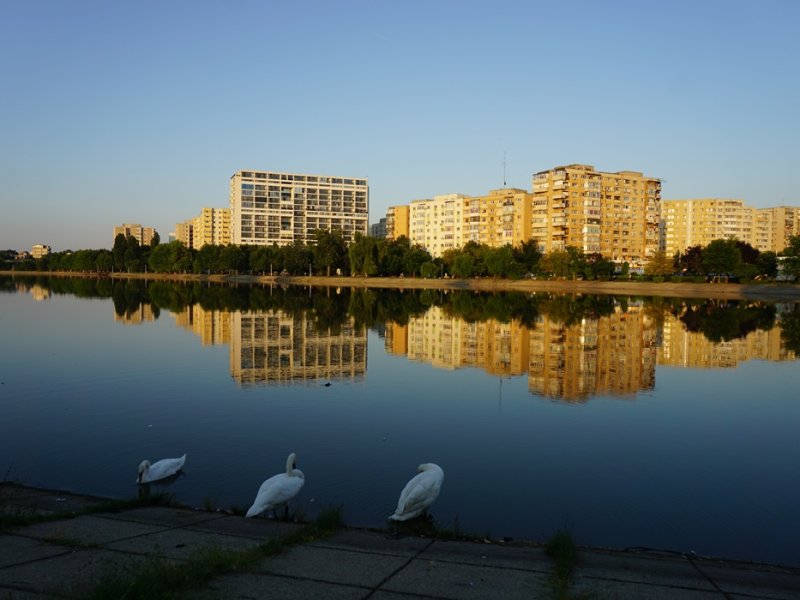Where does the name of Bucharest’s Colentina neighborhood come from? A historical overview of the old mahala

By Bucharest Team
- Articles
The Colentina neighborhood, whose name seems to derive from the expression “colea-n tină” (“over there in the mud”), has evolved from a peripheral mahala into one of Bucharest’s most densely populated urban areas. The Colentina River and its lakes (Tei, Plumbuita, Fundeni) give the district a distinctive—though often underused—identity, with banks frequently left in neglect.
From brick factories to socialist apartment blocks
In the interwar period, Colentina was a modest industrial zone, with factories such as the Schmidts family’s “Ceramica” and farms like that of veterinarian Kresstel.
After the nationalizations, these spaces were confiscated, and the neighborhood underwent radical transformation in the 1960s–70s, when standardized OD-type apartment blocks appeared—small units (a 17 sq.m. living room, bedrooms of 9–12 sq.m.), but relatively well integrated into the urban landscape.
Forgotten historical landmarks
Colentina hosts two major monuments: Plumbuita Monastery (founded by Petru Vodă the Younger) and the Ghica Tei Palace, built by Grigore IV Ghica. Beyond these, the neighborhood once had a lively mahala life, rich in details now lost to time:
- “Borș at Manda’s” – an old woman who sold sour soup at her gate;
- The flea market in the Talcioc Park area, where in the 1950s former owners sold silverware and valuables to survive;
- The slaughterhouse hall, where animals were butchered and offal was grilled for sale.
The harsh transition to the communist period
After 1944, Colentina Boulevard was renamed “Soviet Army Boulevard,” and factories were nationalized. In the 1960s, demolitions paved the way for apartment blocks, and in 1976–1977, Plumbuita Park was created on a former swamp—a neglected space for decades, now undergoing redevelopment.
Today’s problems: from gambling halls to parking shortages
Today, Colentina is a densely populated district facing specific issues:
- Lack of parking spaces due to chaotic construction;
- The spread of gambling halls that replaced old taverns;
- Neglect of the lakes and the river, whose banks are littered with trash.
A hope: Plumbuita Park
Sector 2 City Hall has launched a rehabilitation project for Plumbuita Park, which could become a major attraction. With more than 20 hectares and a location next to the lake, the park has the potential to restore the neighborhood’s lost identity.
According to documents, redeveloping the park could cost the authorities over 18 million euros.
A neighborhood with soul, but lacking coherence
Colentina remains a place of contrasts: history versus neglect, nature versus concrete. Although much of its mahala charm has been lost, it could regain part of it through projects such as the Plumbuita Park redevelopment. Until then, it remains a neighborhood that tells, through its streets, the story of Bucharest’s evolution from periphery to forgotten center.






























